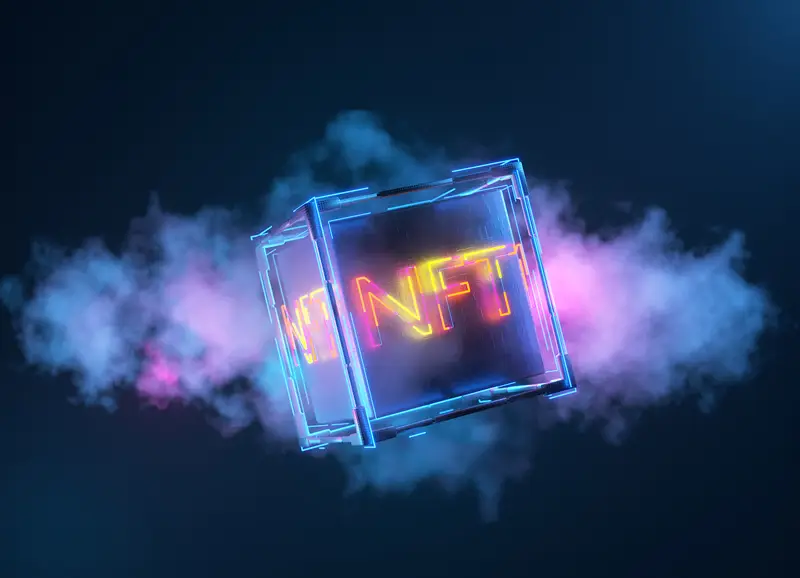Unfortunately, intellectual property ownership issues are quite common. Such ownership issues often arise when proper agreements are not in place from the very beginning of a business engagement. Without a written agreement, a third-party contractor or an individual hired to perform certain services may own intellectual property rights in any resulting work product. For this reason, it is important to have such agreements in place when engaging others to perform services on your behalf. The discussion below highlights common ownership issues and considerations for the various forms of intellectual property.
Copyright
Let’s say you hire a photographer to take photographs for your business website. You might think that because you paid for the services, you own the photographs outright. Unfortunately, copyright law does not work this way.
Copyright ownership vests initially in the creator of the work unless there exists a written contract. Examples of this include an employment agreement, an independent contractor agreement, or an assignment agreement (i.e., an express transfer of ownership agreement). If an employment agreement is in place, copyright law allows ownership through “works made for hire,” which establishes that works created by an employee within the scope of employment are owned by the employer. If an independent contractor agreement is in place, the agreement must expressly contemplate that any resulting work product is considered a “work for hire” (which only applies to certain types of commissioned works) or otherwise provide an express assignment. Even if an employment agreement or independent contractor agreement is in place, it is best practice to have a separate assignment agreement specifically identifying the work to which it pertains.
In the above example, the photographer would retain copyright ownership of the photographs absent an agreement. At best, you would have a limited license to use the photographs.
Trademark
A trademark owner establishes trademark rights by using a mark in commerce in connection with the sale or provision of goods and/or services. The trademark owner is the one who controls the nature and quality of such goods and/or services.
An interesting place where we often see ownership issues with trademarks is with logos. Such ownership issues arise under copyright law. Copyright protection is granted for any original work of authorship fixed in a tangible form of expression. A logo falls under this definition. As discussed above, the creator of the logo owns the copyright in the logo absent a written agreement. While you may be able to establish trademark ownership rights in the logo by using it in association with your goods and/or services, your use may be limited by the logo creator’s copyright ownership of the logo. For this reason, it is necessary to have an agreement in place with any third party contracted to create your logo to ensure that you have full ownership rights.
Patent
Inventors are the initial owners of an invention and any patent that is granted covering the invention. An inventor is anyone who contributes to the conception of the invention. If someone merely reduces the invention to practice, and merely acts under the direction and supervision of the conceivers of the invention, that individual is not an inventor. It can get tricky if a third party is hired to reduce an invention to practice, and in the process of building the technology, contributes an inventive concept. If the third party ends up contributing to the conception of the invention, such third party can become an inventor with ownership rights.
Patent ownership rights can be transferred by an express assignment. For example, an express assignment can be written into an employment agreement or independent contractor agreement, provided as an ancillary agreement, such as a Proprietary Information and Inventions Assignment Agreement (PIAA), or provided as a separate assignment agreement. If you want your company to own the invention and any resulting patent, it is important to have such agreements in place with anyone who works on the technology and could possibly be considered to be an inventor. It is vital to have these agreements in place at the onset, when you first engage a third party to work on your invention, as the third party may be less likely to sign such agreements down the road (or the third party may request even more compensation). As discussed above, even if an employment agreement or independent contractor agreement is in place, it is best practice to have a separate assignment agreement specifically identifying the invention (and patent application) to which it pertains.
Finally, with any of the above forms of intellectual property, it is best practice to record any transfer of ownership documents with the respective intellectual property office. Recordation has various legal advantages, including providing priority between conflicting transfers and “constructive notice” of the facts stated in the recorded document to the public.
In conclusion, when engaging others to help you create a work product (a design, marketing materials, a logo, a work of art, technology, etc.), make sure you have agreements in place assigning any rights that the creators may have in the work product to your company. Our firm is happy to assist you at the onset of any business engagement to make sure you have proper protections in place.




